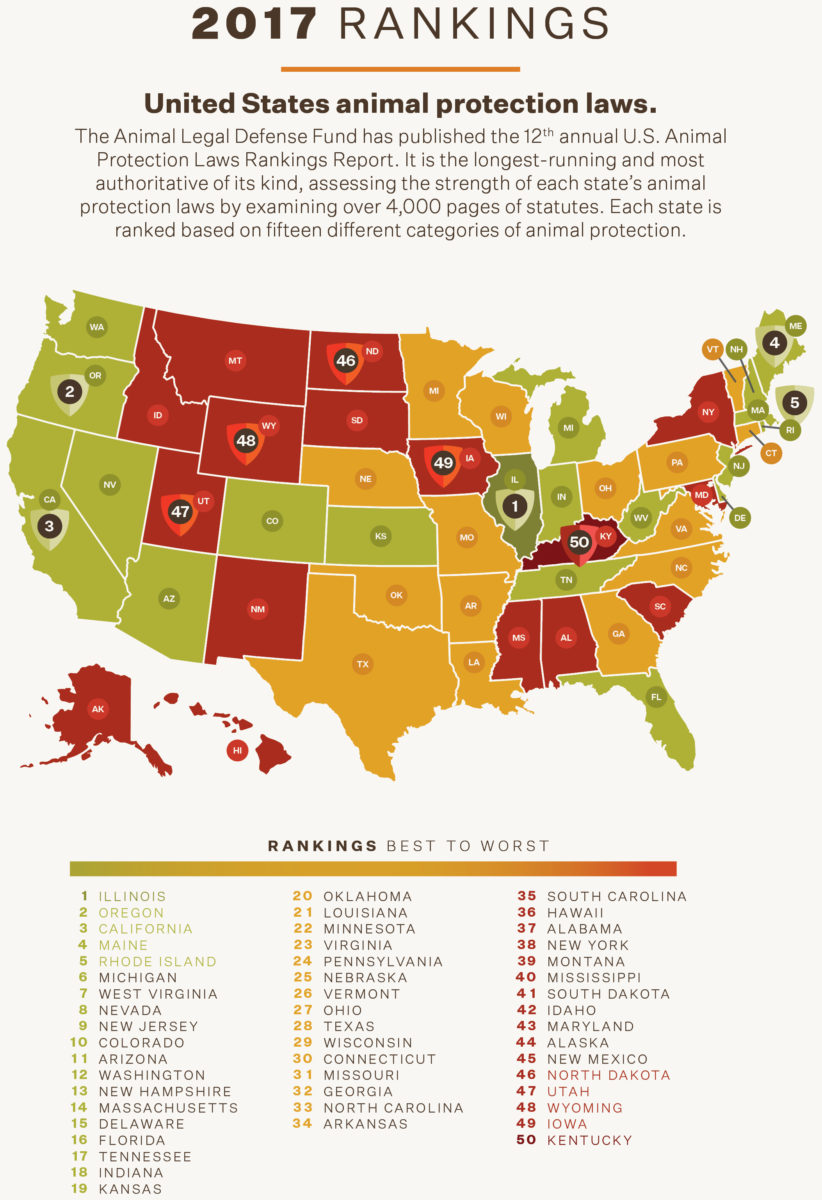As we traverse the vast landscape of animal welfare legislation in the United States, a playful thought may spring to mind: how many states truly protect our voiceless companions? As we delve into the statutes governing animal cruelty in Texas, Florida, and Wisconsin, we will illuminate not only the legal frameworks but also the compassionate imperatives behind these laws. This exploration will equip readers with a clearer understanding of how each state approaches the enforcement and prevention of animal cruelty, beckoning us to consider how these regulations affect the furry members of our families.
To understand the nuances of animal cruelty laws, we must first recognize that animal welfare legislation varies immensely from state to state. This variability often reflects the cultural attitudes toward animals and the level of public advocacy. In this context, Texas, Florida, and Wisconsin present distinct paradigms for examining animal protection. Each state’s laws encapsulate a blend of systemic approaches and community values, underscoring a common yet complex mission: safeguarding the lives of those who cannot speak for themselves.
Texas: A Lone Star State of Animal Protection
In the expansive plains of Texas, the framework for addressing animal cruelty is articulated through the Texas Penal Code, specifically sections § 42.09 and § 42.092. Here, animal cruelty encompasses a broad range of acts, defined as knowingly, intentionally, or recklessly causing unnecessary suffering or harm to an animal. This includes abandonment, mistreatment, and the performance of unlawful euthanasia practices.
Notably, Texas law differentiates between ‘cruelty’ and ‘neglect,’ establishing that both terms hold significant weight in protecting animals. While cruelty may involve direct harm or abuse, neglect pertains to the failure to provide adequate food, water, or shelter, leading to animal suffering. Law enforcement and animal control agencies are empowered to investigate allegations and pursue criminal charges, which can include both misdemeanors and felonies, depending on the severity of the offense.
The breadth of Texas laws extends further to injury or killing of service animals, providing severe penalties for acts that endanger these essential companions. However, a potential challenge arises: while legislation exists, enforcement varies widely across regions. In more rural areas, resources for investigating and prosecuting animal cruelty cases may be limited, hampering justice for victims in need.
Florida: Sunshine State’s Stride toward Animal Welfare
Moving southward, Florida’s animal cruelty laws are encapsulated within § 828.12 of the Florida Statutes. Similar to Texas, Florida’s legislation classifies animal cruelty into several categories, addressing both intentional acts of harm and acts of negligence. One particularly striking feature is the prohibition against “rank cruelty,” which applies to actions that lead to the suffering, maiming, or killing of animals for the sake of entertainment or profit.
Florida’s laws empower enforcement agents to not only prosecute but also to seize animals that are victims of cruelty or neglect. The legal framework emphasizes the importance of reporting incidents, further elucidating the pivotal role of community engagement in animal advocacy. Penalties can range from monetary fines to significant prison sentences, depending on the severity of the crime. In theory, this ensures that offenders are held accountable for their actions.
However, the challenge remains in public awareness and education. Many residents may not fully understand their rights or the dogged vigilance required to report instances of animal mistreatment. This gap in understanding often leads to underreporting, perpetuating a culture of silence around neglect and cruelty. Therefore, public advocacy and educational outreach are crucial components of fostering a more humane society.
Wisconsin: The Dairy State’s Dedication to Compassion
Lastly, we turn our gaze northward to Wisconsin, where animal cruelty laws are articulated within Chapter 951 of the Wisconsin Statutes. Wisconsin’s approach is particularly progressive, categorizing cruel treatment similarly to neglect, thus broadening the interpretation to include malnourishment and inadequate care for domesticated animals. Not only does the law focus on deliberate acts of cruelty, but it provides protections for animals subjected to inhumane living conditions.
Wisconsin prioritizes the well-being of farm animals as well, with specific provisions aimed at preventing cruelty in agricultural practices. The penalties for violation can range from fines to imprisonment, depending on the magnitude of the infraction. In Wisconsin, the enforcement of these laws often involves collaboration between law enforcement agencies and non-profit organizations committed to animal welfare.
Yet, just as with Texas and Florida, Wisconsin faces challenges in enforcement. The sheer scope of rural locales, coupled with limited staffing and resources, can hinder prompt response to reports of animal cruelty. Advocacy groups continually strive for greater funding and support, championing educational programs geared towards humane treatment of animals. This is essential in fostering a culture where prevention and education are prioritized alongside enforcement.
Conclusion: United in Compassion
As we traverse the distinct animal cruelty regulations enshrined in the laws of Texas, Florida, and Wisconsin, it becomes abundantly clear that, while legal frameworks exist, consistent enforcement remains a concern. Each state mirrors a commitment to animal protection that varies in effectiveness, largely influenced by socioeconomic factors and community engagement.
So, the playful question posed to us resonates: how can we bridge the gap between existing laws and their palpable impact on animal welfare? Through increased awareness, education, and community vigilance, we can challenge ourselves to be the voices of change. Advocacy efforts must thrust animal welfare into the forefront of public discourse, transforming these state laws from mere ink on paper into meaningful commitments to protect our cherished companions. The time is now to join forces and ensure that every animal can thrive without fear of cruelty in our communities.






